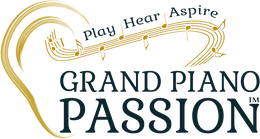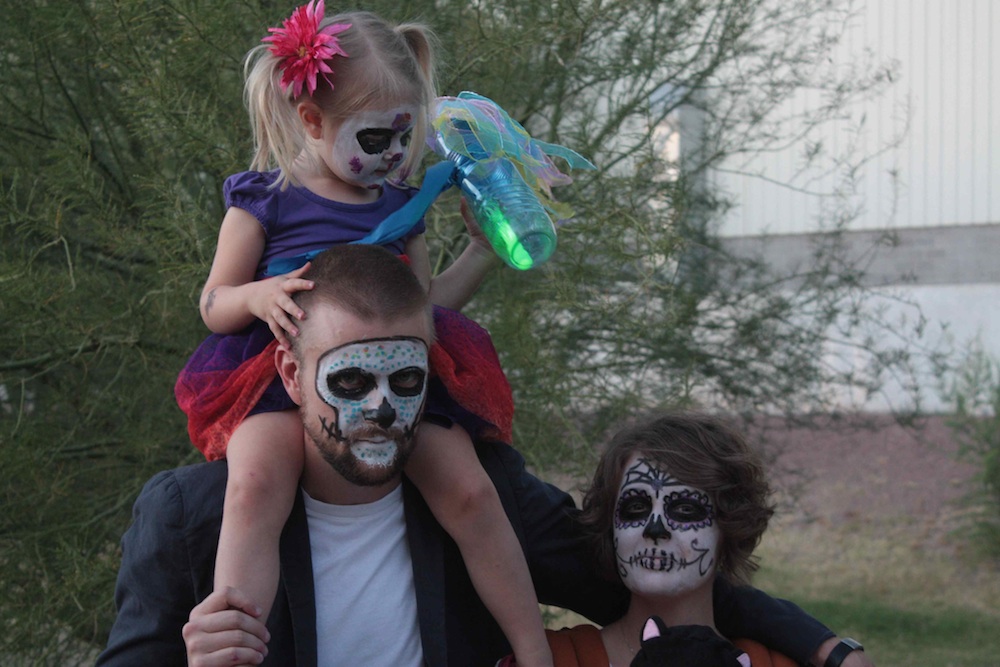All piano students love to be able to play familiar music. That is a good thing too, because there is a starting point on which to build. But, as I tell my piano students, both in my private studio and at Eastern Arizona College, it is also important to challenge our familiar concept of the world and widen horizons. We do that in classical piano music all the time. We study 20th century Russian composers, such as Prokofiev and Kabalevsky, and we visit gauchos in South America through the music of Villa-Lobos.
Students of classical piano music can broaden their outlook even further, to popular and folk music from other cultures. Broadening repertoire in this way helps fine-tune the ear. Playing popular and folk music from other cultures also is just plain good for us as human beings, giving a real connection to those who live very differently.
I was born in Southern California—I’m the original “little old lady from Pasadena”—and the history of that area is so intertwined with that of Mexico that the mix of cultures has always felt natural to me. Until I was about nine, my babysitter was the matriarch of a large Hispanic family down the block.
I loved my Tía Maria. I still remember her house, cool and dark inside with glittering glass, silver, and tin objects displayed on old chests and tables. There were religious icons too—something quite absent from my own Danish, modern, Lutheran home. I learned that things can be the same on the outside and yet there could be an entirely different world on the inside.
In Tucson, Arizona, where I now live, the cultural heritage is just as mixed and vibrant. Along with Christmas, Easter, and Rodeo, our tradition of yearly celebrations includes the Day of the Dead, which has been described as a cross between an All Souls Procession and performance art. We paint our faces for an intercultural, interfaith procession to honor those who passed away during the year—even pets.
This wonderful mix has given me a base and appetite for understanding musical traditions of other Latin American countries. Yet outside of the occasional piece such as “Sakura” or “La Cucaracha,” many pianists do not have the opportunity to experiment with popular and folk music. For all of these reasons, Neeki Bey and I recently published a collection for advanced-beginner pianists of Latin American popular tunes, folk music, and original compositions, inspired by local instruments and idioms.
Of all the songs in the collection, I absolutely love the lullaby “Mi Tripón.” When I was working on the arrangement, I came across a recording of two men from the Warao rainforest people playing deer bone flutes. The sound was so haunting that it inspired the introduction and coda of the piece.
We don’t really have an English word for tripón. Literally, it means “my guts” or “my flesh.” It is the feeling you get when you love someone so deeply that losing them would be like tearing out a piece of your own body. That was the way I loved my Tía Maria. When I was nine, my family and I moved to the San Francisco Bay Area, and I never saw my Tía Maria again. I hope she would be pleased that her love and care helped to shape my character and my music.
The Music and Lyrics to “Mi Tripón”
[haiku url=” https://grandpianopassion.com/wp-content/uploads/2013/04/MiTripon70.mp3″]
Sleep, my sweetheart, and we will cheat the owl
And also we’ll trick the bogeyman who doesn’t scare us,
Sleep my sweetheart.
Tomorrow, the sun will shine on your cradle,
And will tell you how one day he lost the moon.
Sleep, my sweetheart, the day has gone, it was tired,
And the night, clear and pure, has come,
Sleep, my sweetheart.
The morning light will open your eyes,
And will show you rivers and paths,
And the mountain, sleep now, my sweetheart.
(Translation by Marcos Dinnerstein)
 look inside |
Passports Mi Tripon Composed by Traditional/Galindez. Arranged by Gail Fischler. Repertoire, World, Folk, South American. 4 pages. Published by Fistful of Notes by Gail Fischler (S0.232625). |




Hi Gail, I used the link to go to pianoaccents.com but the Latin America songs are not there- just Bollywood and Africa.
Where can I locate the Latin American songs??
Thank you, Lynn Kiesewetter
Hi Lynn, thank you for reading. We’ve reached out to Gail to find out the answer to your question.
Gail says that the Latin America volume is out of print, but you can find the songs Carreta Guy, Mi Tripon, Gaspar Melchor, y Baltazar (Christmas), and La Rama (Christmas), plus more, here: https://www.sheetmusicplus.com/publishers/fistful-of-notes-by-gail-fischler-sheet-music/3007098?Ns=displayName&recsPerPage=25&